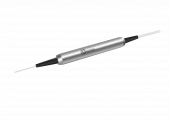Description
The GKER Photonics 2 × 2 Polarization Beam Combiner/Splitter (GK-DPBC/DPBS Series) is a high-performance optical component engineered to efficiently combine or separate two orthogonal polarization signals. This compact device is critical in applications such as polarization mode dispersion compensation, erbium-doped fiber amplifiers (EDFA), Raman amplifiers, coherent telecommunication systems, and fiber sensors. The GK-DPBC/DPBS Series is characterized by its low insertion loss and high extinction ratio, ensuring optimal performance and minimal signal degradation.
Designed for the 1550 nm wavelength range, this combiner/splitter is available in two grades: Premium (P) and Standard (A), offering flexibility depending on the application requirements. The device features a minimal insertion loss of 0.6 dB (typical) and a high extinction ratio of up to 20 dB for the splitter configuration, making it ideal for use in high-precision environments where signal integrity is paramount.
The combiner/splitter is compatible with both SMF-28 and PM1550 Panda fibers, and can handle continuous wave optical power up to 5 W and peak power up to 10 kW for nanosecond pulses. Its robust design allows for reliable operation across a wide temperature range, from -5°C to +70°C, with storage capability down to -40°C.
Whether used in advanced telecommunication systems or high-power laser applications, the GKER Photonics 2 × 2 Polarization Beam Combiner/Splitter delivers outstanding performance and reliability.
2 × 2 Polarization Beam Combiner/Splitter
Specifications
| Splitting Ratio: | Other |
|---|---|
| Central Wavelength: | 1550 nm |
| Power Handling: | Not Specified |
| Return Loss: | 50 dB |
| Center Wavelength (λc): | 1550 nm |
| OperatingWavelengthRange: | λc ±20 nm |
| Typ. Insertionloss (Port 3 ToPort 1&2, At Slowaxis, Port 4 ToPort 1&2, At Fast Axis): | 0.6 0.8 dB |
| Max. InsertionLoss (Port 3 ToPort 1&2, At Slowaxis, Port 4 ToPort 1&2, At Fast Axis): | 0.8 1.0 dB |
| Min. ExtinctionRatio (for Splitter Only): | 20 18 dB |
| Min. ReturnLoss: | 50 dB |
| Max. OpticalPower (ContinuousWave): | 5 W |
| Max. PeakPower For NsPulse: | 10 kW |
| Fiber Type: | PM1550Panda fiber for Port 1&2, SMF-28or PM1550Panda fiber for Port 3& 4 - |
| Max. Tensile Load: | 5 N |
| Operating Temperature: | -5 to+70 ℃ |
| Storage Temperature: | -40 to+85 ℃ |
Features
- Low Insertion Loss: Ensures efficient signal transmission with a typical loss of 0.6 dB
- High Extinction Ratio: Maintains signal purity with a minimum extinction ratio of 20 dB
- High Optical Power Handling: Supports up to 5 W continuous wave power and 10 kW peak power
- Wide Operating Temperature Range: Operates effectively from -5°C to +70°C
- Fiber Compatibility: Compatible with SMF-28 and PM1550 Panda fibers, suitable for diverse applications
Applications
- Polarization Mode Dispersion Compensator: Ideal for reducing polarization mode dispersion in high-speed communication systems
- EDFA and Raman Amplifiers: Enhances pump power by combining signals from multiple lasers
- Coherent Telecommunication Systems: Ensures accurate signal transmission in advanced communication networks
- Fiber Sensors: Suitable for high-precision fiber optic sensing applications
Frequently Asked Questions
What is the typical insertion loss for this combiner/splitter?
What wavelength does the device operate at?
What is the maximum extinction ratio for the splitter configuration?
What types of fiber are compatible with this device?
How much optical power can this device handle?
What are the operating and storage temperature ranges? T
Can the device be used in both polarization mode dispersion compensators and EDFA applications?
What is the maximum tensile load the device can withstand?
Are there any additional insertion loss considerations when using connectors?
Similar Products
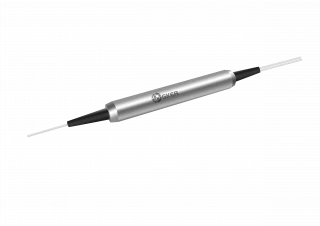
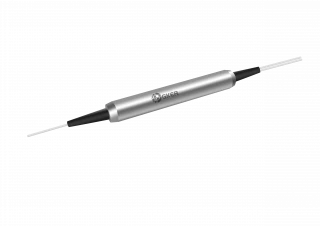
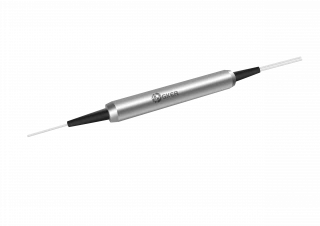
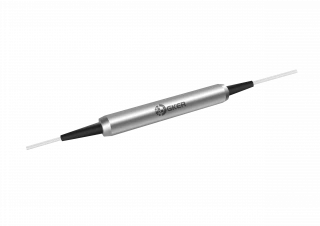



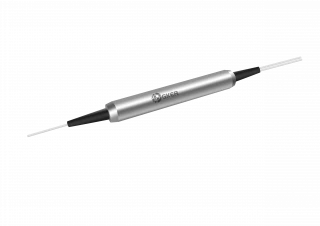
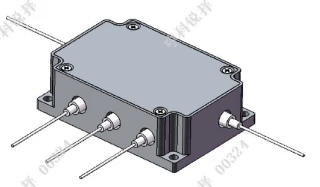
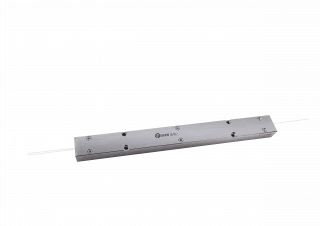
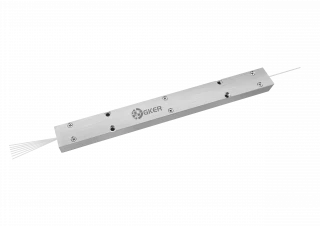
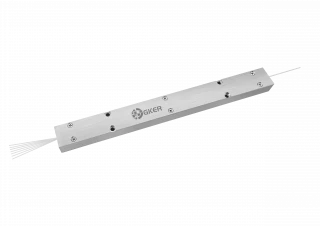
Your inquiry has been received.
Create an account by adding a password
Why create an account?
- Auto-complete inquiry forms
- View and manage all your past messages
- Save products to your favorites
- Close your account anytime — no hassle
